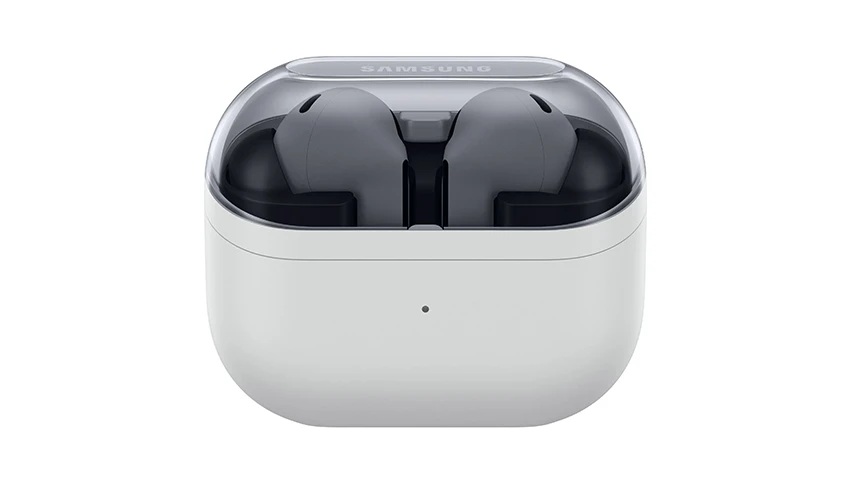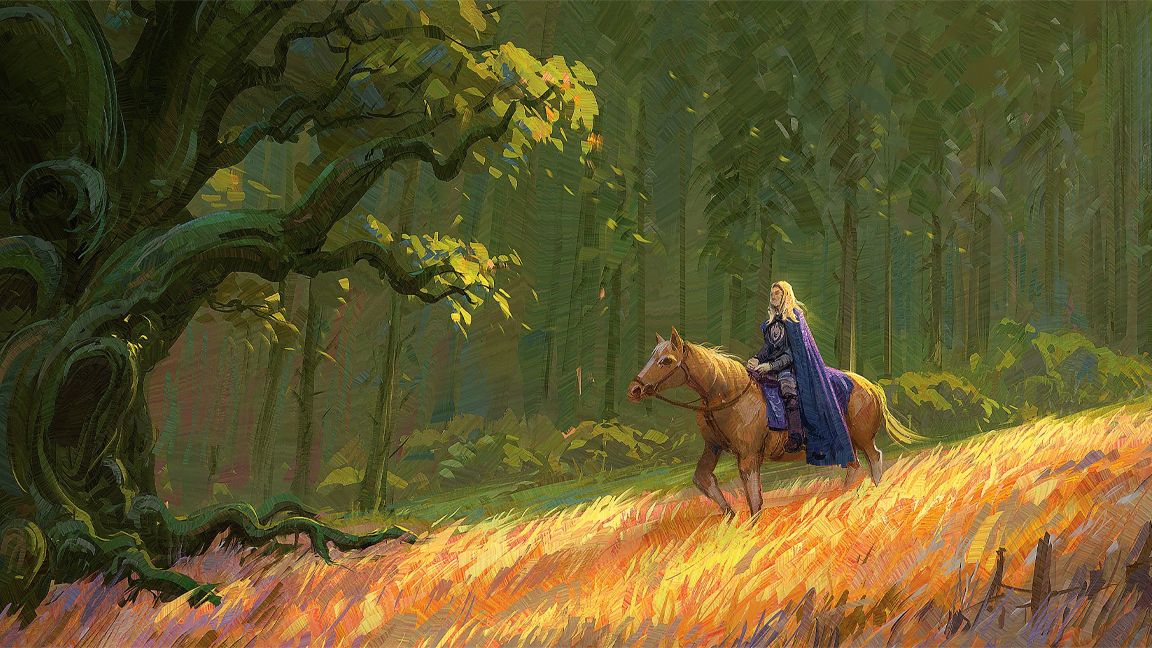Wat een teleurstelling zijn die Galaxy Buds 3 FE! Het lijkt wel alsof fabrikanten vergeten zijn dat consumenten niet alleen geïnteresseerd zijn in 'een stijlvol ontwerp'. Natuurlijk, ze hebben een modern uiterlijk, maar wat is het nut daarvan als de geluidskwaliteit ondermaats is? Voor een gemiddelde prijs verwacht je tenminste een fatsoenlijke ervaring, maar in plaats daarvan krijg je een halfslachtige poging zonder enige innovatie. Het is tijd dat bedrijven als Samsung begrijpen dat we niet alleen willen kijken, maar ook willen luisteren. Geef ons geen prullaria, maar echte technologie die het waard is om het geld voor uit te geven!
#GalaxyBuds3FE #Technologie #Kritiek #SlechteKwal
#GalaxyBuds3FE #Technologie #Kritiek #SlechteKwal
Wat een teleurstelling zijn die Galaxy Buds 3 FE! Het lijkt wel alsof fabrikanten vergeten zijn dat consumenten niet alleen geïnteresseerd zijn in 'een stijlvol ontwerp'. Natuurlijk, ze hebben een modern uiterlijk, maar wat is het nut daarvan als de geluidskwaliteit ondermaats is? Voor een gemiddelde prijs verwacht je tenminste een fatsoenlijke ervaring, maar in plaats daarvan krijg je een halfslachtige poging zonder enige innovatie. Het is tijd dat bedrijven als Samsung begrijpen dat we niet alleen willen kijken, maar ook willen luisteren. Geef ons geen prullaria, maar echte technologie die het waard is om het geld voor uit te geven!
#GalaxyBuds3FE #Technologie #Kritiek #SlechteKwal
1 Reacties
·0 aandelen
·0 voorbeeld













